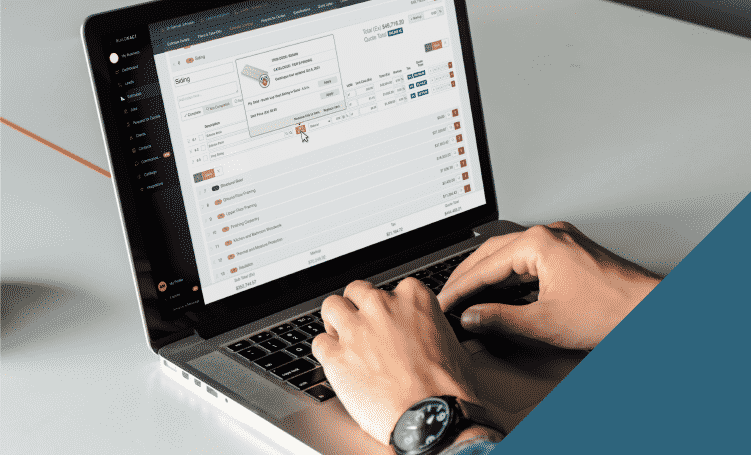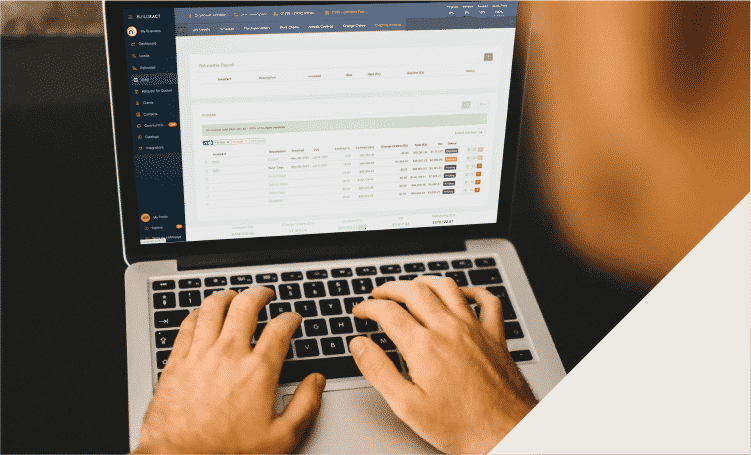Builders take charge with greater focus on home construction risk management
In a slowing market for single-family homes, custom builders are reducing home prices to attract the fewer potential buyers that can afford today’s mortgage rates. As prices fall, home builders of all sizes find they can guard against money-losing projects even as the cost and complexity to build in the current construction industry remains high. They are getting the job done by strengthening how they identify and address construction risk management within their business.
Each stage of the build requires a different focus
Manage your construction risks early to protect profits
For the client, building a custom home is a very emotional experience. Custom builders like you know that the most successful home construction project begins with clear expectations as to how long it’s likely to take and the costs that the homeowner pays along the way. Working with the homeowner as a trusted advisor makes decision making and the risk management process easier.
The best advice to provide the homeowner comes in the form of a clear and detailed quote at the very beginning of the build. This ensures that the homeowner understands the scope of work and the associated expenses because the detailed quote serves as the basis for the written contract. The contract is the common starting point when discussing any future disputes over variations.
Yes, homeowners are more likely in today’s economy to negotiate upfront materials to reduce construction costs, but you should always have processes in place when the homeowner changes their mind and asks for more expensive options on materials and appliances.
Document customer communication for greater risk control
Variations in particular present a significant project risk in an inflationary economy where material costs can widely fluctuate during the course of your project. Clearly documenting the impact of a variation on both the timing and budgeting of a home build is a great step toward mitigating risk and fostering greater client loyalty. Also, complex projects run more smoothly when financial documents are clear and easily referenced.
Accurately documenting costs does more than help you with potential homeowner disputes and strengthen your construction risk management. Upfront planning helps you ensure that you make money on your build. Clearly outlined costs help you manage your material and labor budget and calculate the right amount of markup to manage the financial risk your home construction business must confront in today’s economy. As you consistently document these expenses, you also learn to spot future opportunities for profitable projects.
As a project proceeds from the preconstruction phase and enters the build phase, you also should track your actual costs against your estimate to better understand how material costs can change over time. Using the right budget documentation, you will spot areas of future project risks—whether it be lumber, equipment rental or a labor cost associated with one of your tradies.
Evaluate the safety of your team working at your construction sites
The health and safety of your team should be a primary concern when you think about risk assessment. Home builders like you constantly worry about the potential for injury or death. The list of trouble spots to look out for should be thoroughly reviewed on a regular basis with your team. As you know, a simple fall from a ladder can cause injury. Of course, the best way to face any safety risk is head on.
There are many online resources available to help you plan and prevent job site injuries but don’t forget—to begin planning against any type of safety risk, you must know who will be on your job site and when.
To understand this, adopt a clear schedule of job tasks as early on in your project as possible. Over the course of a build, you can have up to 20, 30 or more tradespeople on site at different times. It’s up to you to know when these different people will be at the job site and inform them of your risk management plan by having them attend regularly scheduled safety meetings.
Include material management as part of your risk assessment
While employee safety at your construction sites is of paramount concern, proper scheduling also brings you benefits that help you reduce financial risk. By having a set, clear schedule you can ensure that the right materials are on site when your work team needs them.
Having to reschedule a subcontractor due to material delays or shortages can wreak havoc on your schedule. Subcontractors are often spread thin across multiple construction projects and can’t always quickly return to your project to finish a task on time. Also, unpredictable material prices could bust your budget if you have to make too many last-minute purchases and rushed deliveries.
Software improves how you implement risk management for your business
Today’s economy of high interest rates and rising costs leaves little room for the errors that project managers can make when using pencil and paper. And when it comes to spreadsheets, and who has time to build or to copy all the custom formulas needed to estimate and quote your custom projects?
Top performing construction risk management software provides a single platform that tracks your projects from the earliest material takeoff to the final customer invoice. Administrative tasks that may have kept you pinned behind your desk take far less time using software, and it stores your documents in a single, online environment that keeps you organized and on track.
And today’s modern software also integrates your project budgets seamlessly with top accounting software like Xero so that keeping up with your financials has never been easier.
Ready to improve your risk management plan?
Have confidence that you can improve how you manage your home construction risk. Learn more how software can improve your construction risk management by visiting Buildxact. There you will find information about pricing and how you can sign up for a 14-day risk-free trial or book a demo of Buildxact. Speak to one of our expert team members and improve your risk management plan today!


























